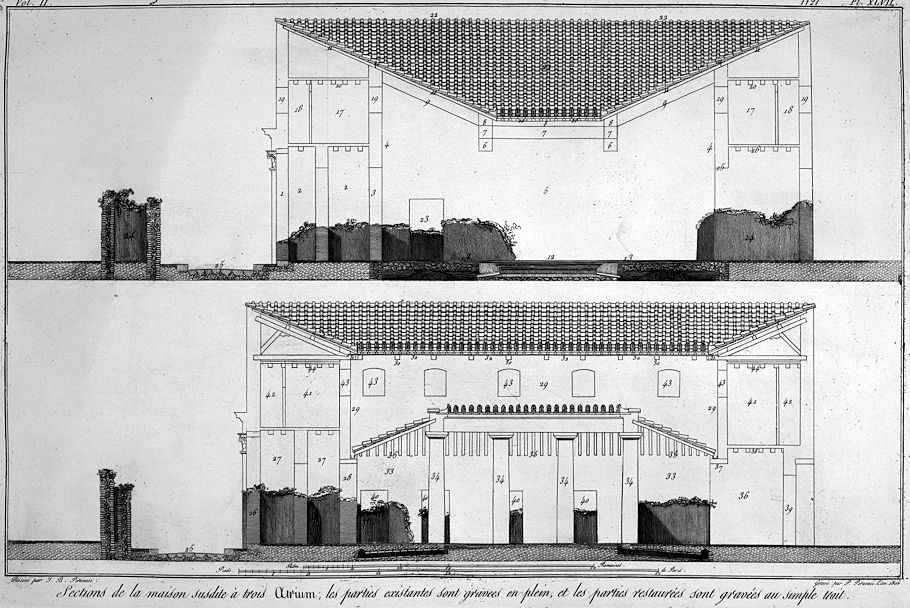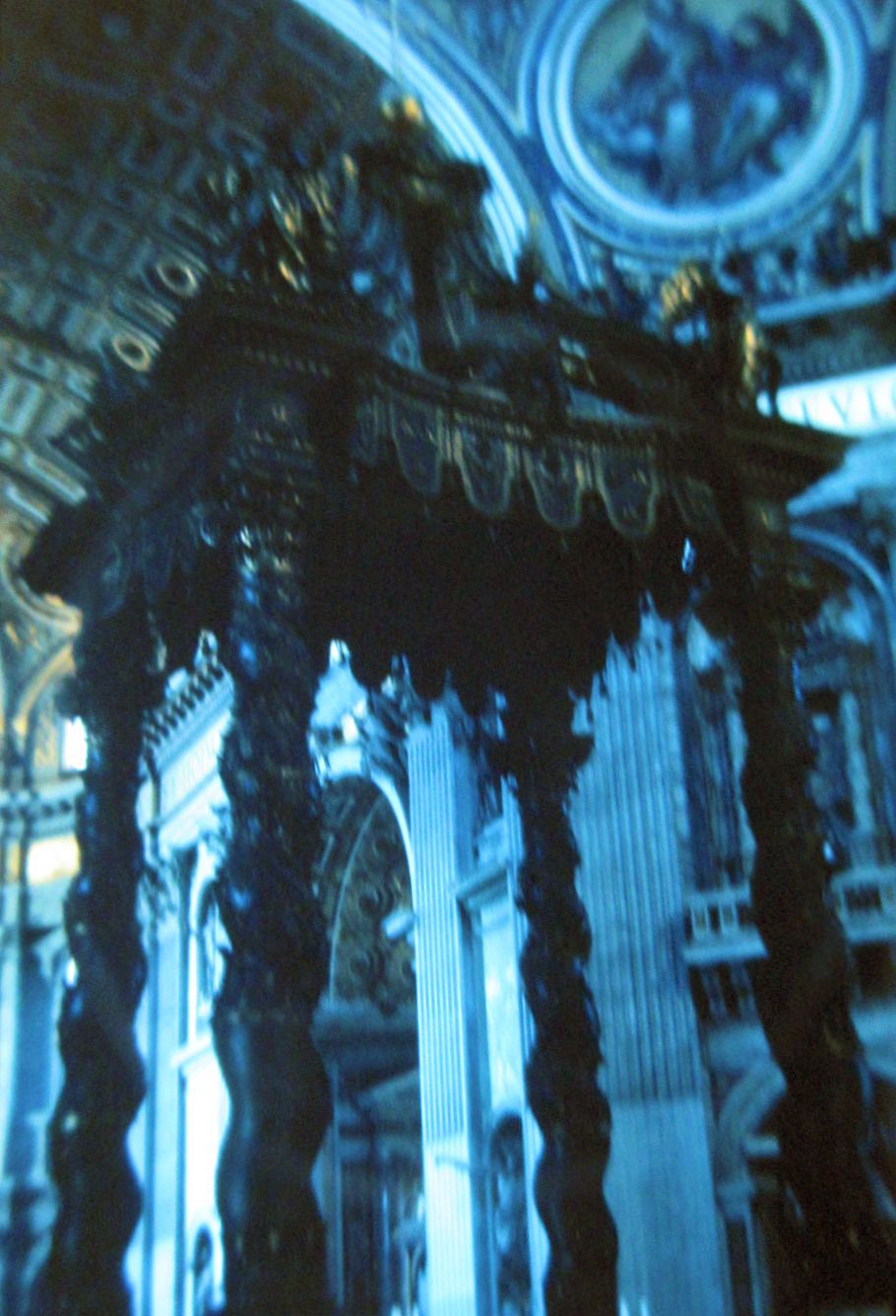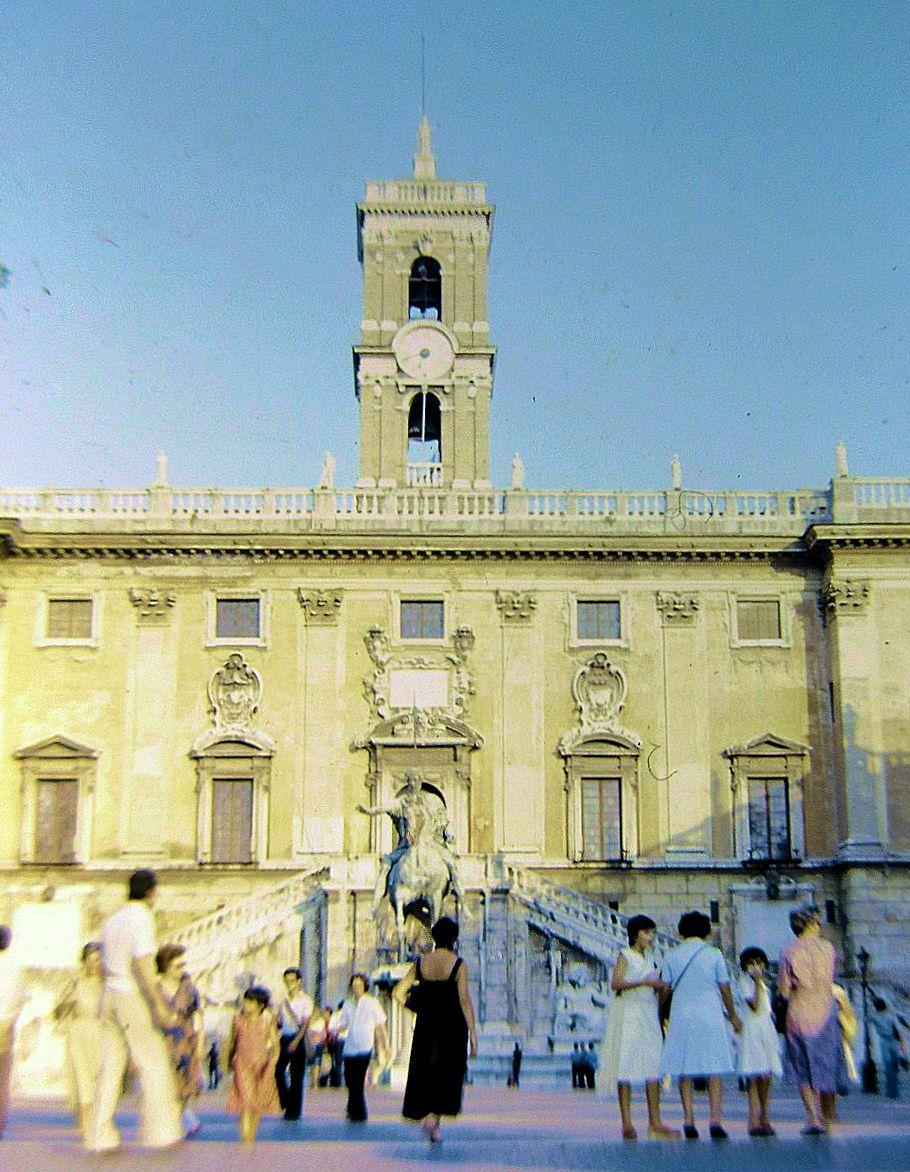15 August 1778 Saturday
Etching of the new Circus Maximus plan commences.
Artifacts of the Bianconi vs Piranesi 'Circus of Caracalla' affair 1772-1789

Tavola XIV Prospectus of the Temple
48 y.o. Francesco Piranesi 1806
Le AntichitÓ della Magna Grecia Parte II

Sections of the above three Atrium house; the existing parts are engraved in full, and the restored parts are engraved with a single line.
Drawn by G.B. Piranesi
Engraved by F. Piranesi Year 1806
15 August 1812 Saturday

Morning a light fog, wind NW, temperature about 68░. The wind freshened from N with light clouds. I appraise[?] from Select Review vol. 7 that a balloon launched from Birmingham October 8th rose 2 1/2 miles high. Temperature fell to 38░, barometer to 18░ ... and it passed 112 miles in 80 minutes or 84 miles per hour, a velocity sufficient to bring the climate of the frozen ocean in latitude N to Philadelphia in latitude 40░, about 2000 British statute miles in 24 hours. Let me ask the modern philosophers of these states, how much the air would warm in the passage by passing over cleared land the last 500 miles say 6 hours supposing the whole country to lower Canada in a north direction were a garden spot. The wind which drifted the balloon is not said to be a storm but a current of air. PM the wind drew to the westward and temperature rose to 80░.
15 August 1977


15 August 2001
damnatio memoriae, next coins
Thanks all around for the damnatio memoriae answers, especially the Piso example and book reference. This data is indeed useful and helpful. I will soon present my case for Helena having died in Rome something like 31 July 326, just before Constantine left Rome for the last time.
In tandem with making my Helena death case, at the same time I'll have to address the more popular recent histories that place Helena's death date to c.328-9, which is based mostly on the fact that HELENA AUGUSTA coins were still being minted until late 328-9.
Is anyone on the list very familiar with these coins? Or is there a good reference book I could look to? I recall reading (I believe in Pohlsander, Helena: Empress and Saint, 1995) that there is actually a noticeable difference between the portrait of Helena on the later coins (those minted the few years prior to 329) and the Helena portrait on the pre-c.326 coins.
Helena: calendrical coincidences
Dear Graham:
Regarding Helena and calendrical coincidences I have a few more examples besides that of 18 August.
While Helena is revered as saint in the Roman Catholic Church, both Helena and Constantine are revered as saints in the Eastern/Greek Catholic Church, and, moreover, Helena and Constantine there share the same feast day, 21 May. The second Agonalia, a Roman 'festo' in honor of Janus is also on 21 May. Since Janus had two faces, one that looked forward and the other that look backward, I find it interesting that 21 May also celebrates double saints. Furthermore, Constantine and Helena themselves come to represent a 'Janus' like situation in that they too were at a distinct historical edge from which one could look back at the Pagan world and ahead towards the Christian world.
The dedication date for Santa Croce in Gerusalemme, Rome is 20 March. This church is the remaining vestige of the Sessorian Palace which served as Helena's Roman residence very likely from late 312 to 326, and the story goes that Helena had a chapel built within the palace, and in this chapel was deposited ground/dirt from Golgotha along with many other relics including a piece of the Cross, hence the name 'Holy Cross in Jerusalem'. According to the Freund Latin-English Dictionary (under Bellona) 20 March is the "dies sanguinis", the day of blood when Bellona's (sister of Mars and goddess of war) priests and priestesses "gashed their arms and shoulders and offered their blood to the goddess." What I think is interesting here is that Santa Croce in Gerusalemme also represents an intense day of blood, namely Christ's crucifixion.
We are probably all here familiar with the notion that Christmas is a 'christianization' of the Sol Invictus feast, and I'm beginning to believe that there may well have been a deliberate design of Christian 'usurpation' of Pagan feasts, especially in Rome where apparently virtually every week there was something Pagan to celebrate. The above examples only strengthen my conviction.
15 August 2023 Tuesday
I'm in the process of translating the Exploring the "Circus of Caracalla" section of Pierre Pinon's Pierre-Adrien PÔris 1997 thesis, where Pinon masterfully handles a very complicated series of events as recorded individually by PÔris, Bianconi, Fea, and even Uggeri. The major complication, and Pinon might have even agreed, is the constant sense that some things are missing. Indeed, G.B. Piranesi and Francesco Piranesi, who more than likely knew more than anyone else about the 1772-1789 Exploring the "Circus of Caracalla" affair, are missing almost entirely.
Everything about "exploring the Circus of Caracalla" was going fine until Bianconi, sometime between 1772 and 1774, refused to accept the asymmetrical circus plan being delineated by PÔris and G.B. Piranesi. PÔris was making remarkable progress and producing amazingly superior work, and suddenly Bianconi's "learned" rejection put the fate of all PÔris's efforts in jeopardy. Yet, at the same time, Bianconi's denial of the asymmetrical circus plan only strengthened Piranesi's resolve to solve the plan's unique geometric formula. For his part, PÔris cared more about getting his findings and analytical reconstruction ideas published, and, as far as Piranesi was concerned, it was only fair that PÔris should pursue doing just that.
|